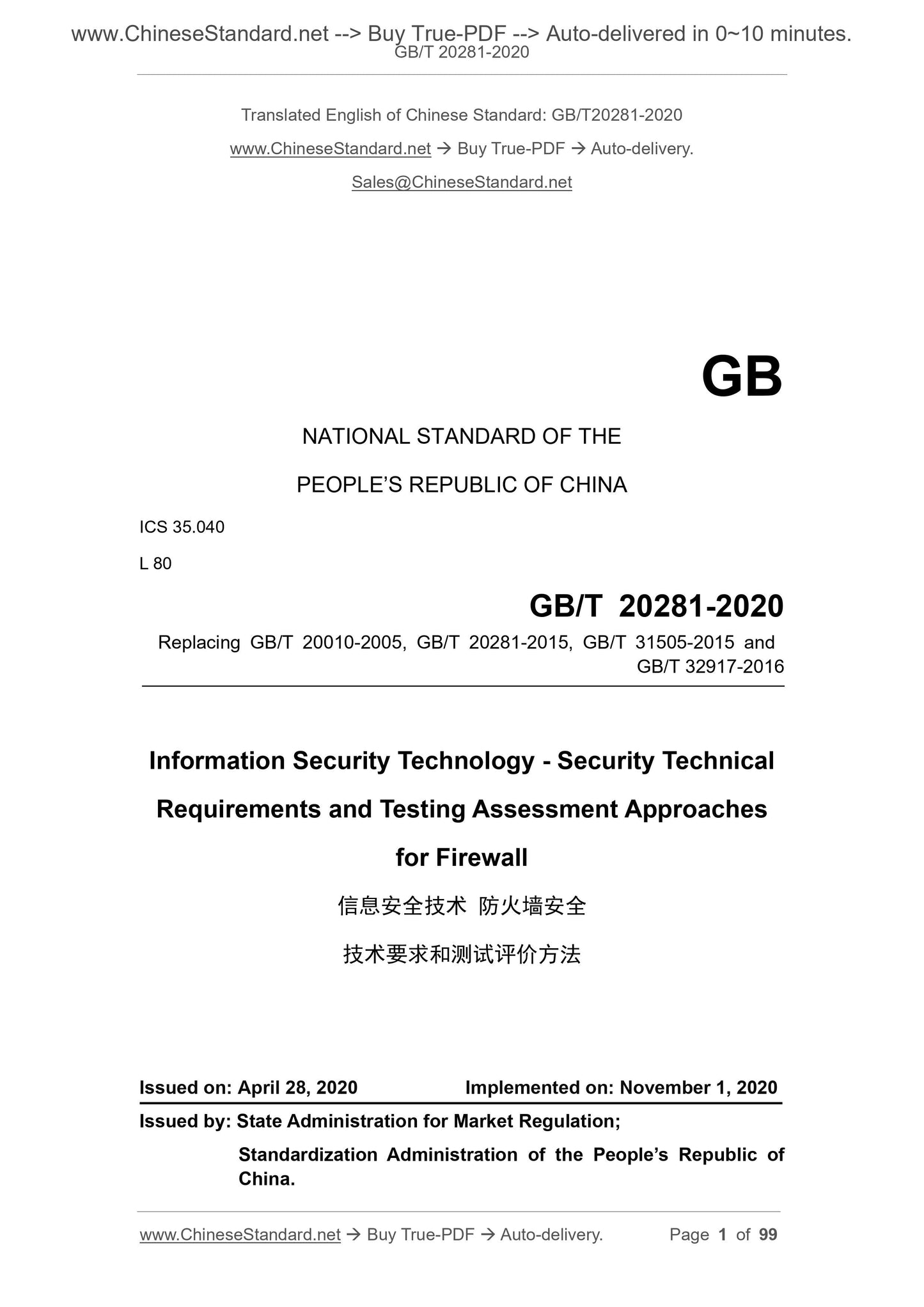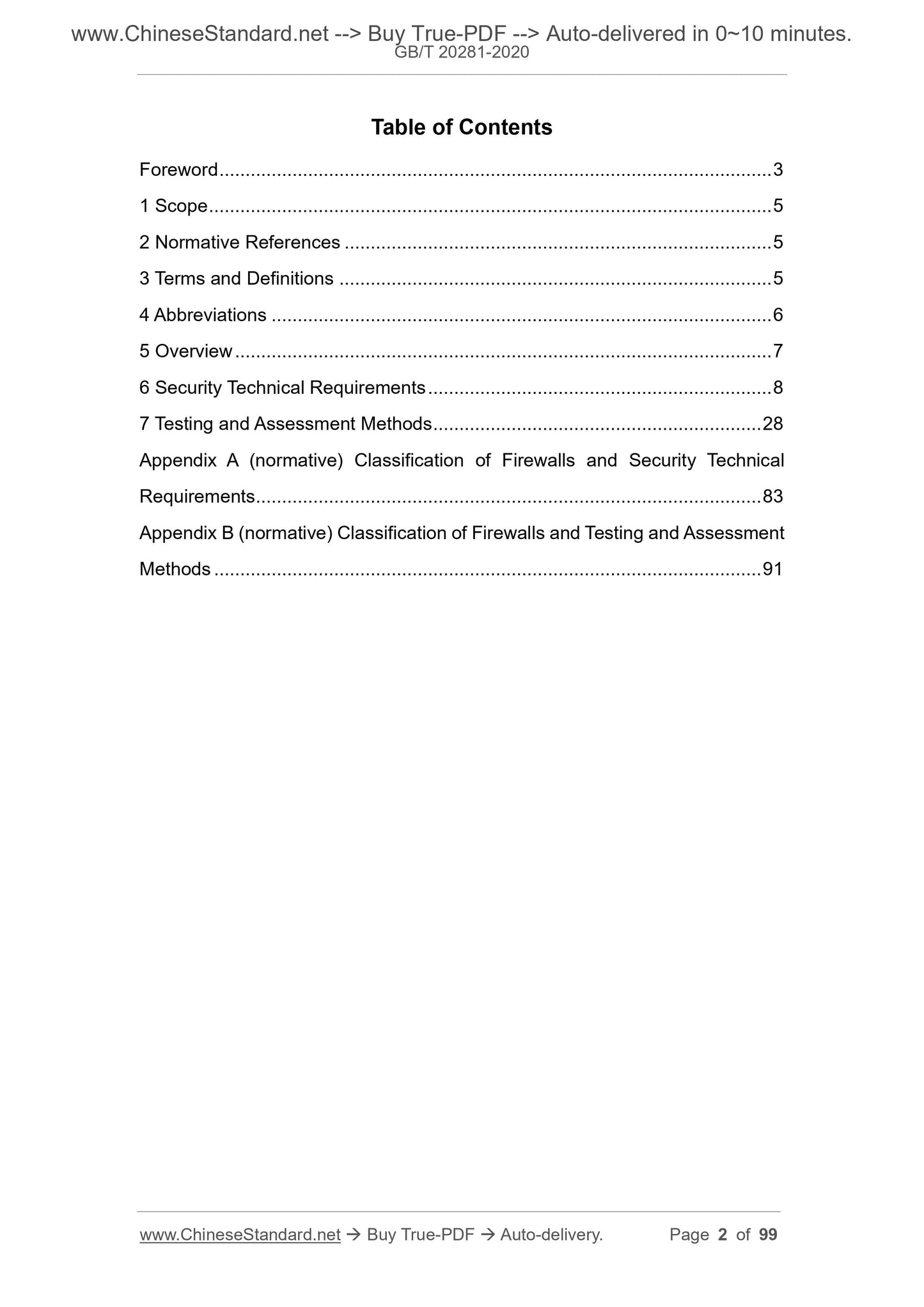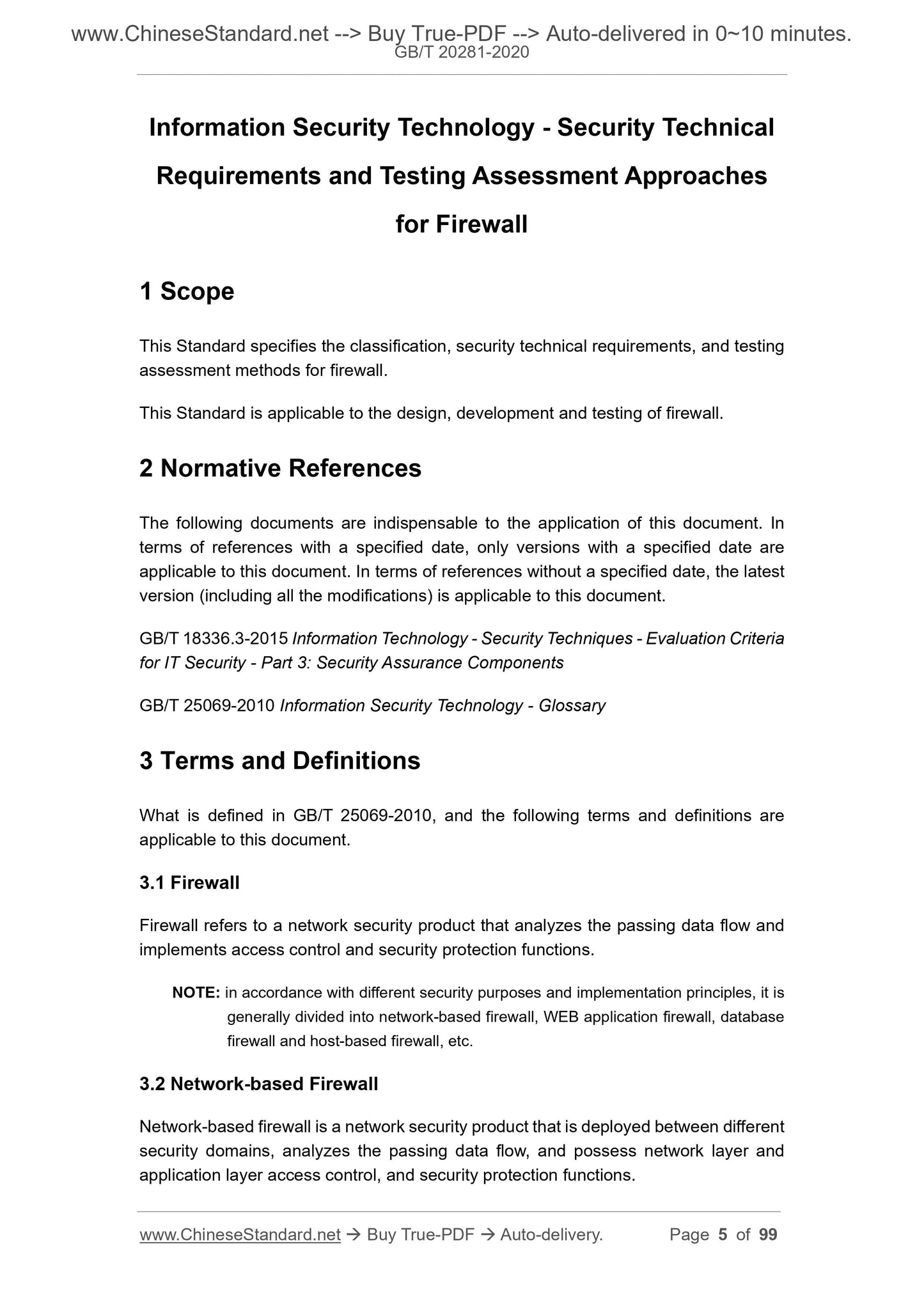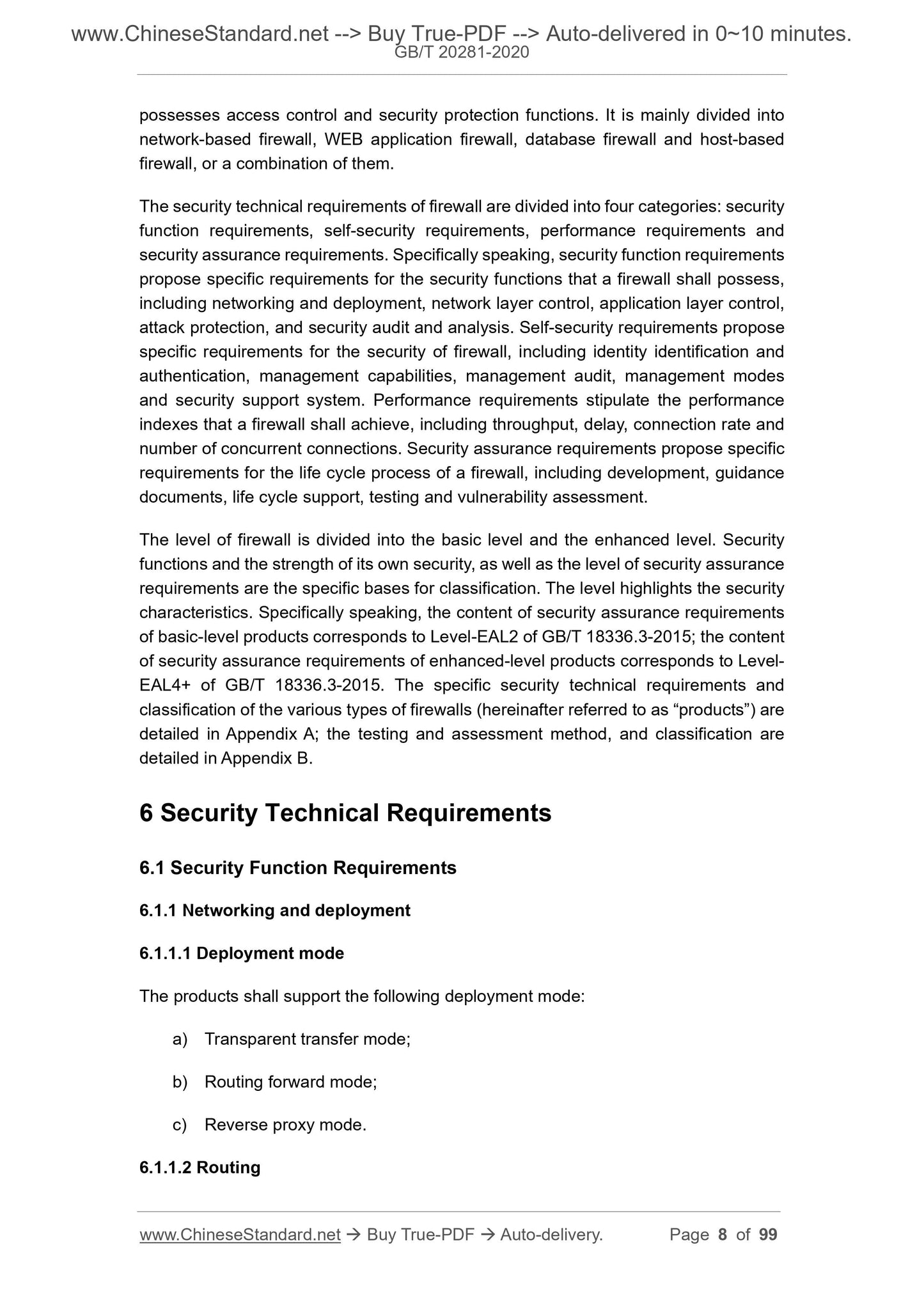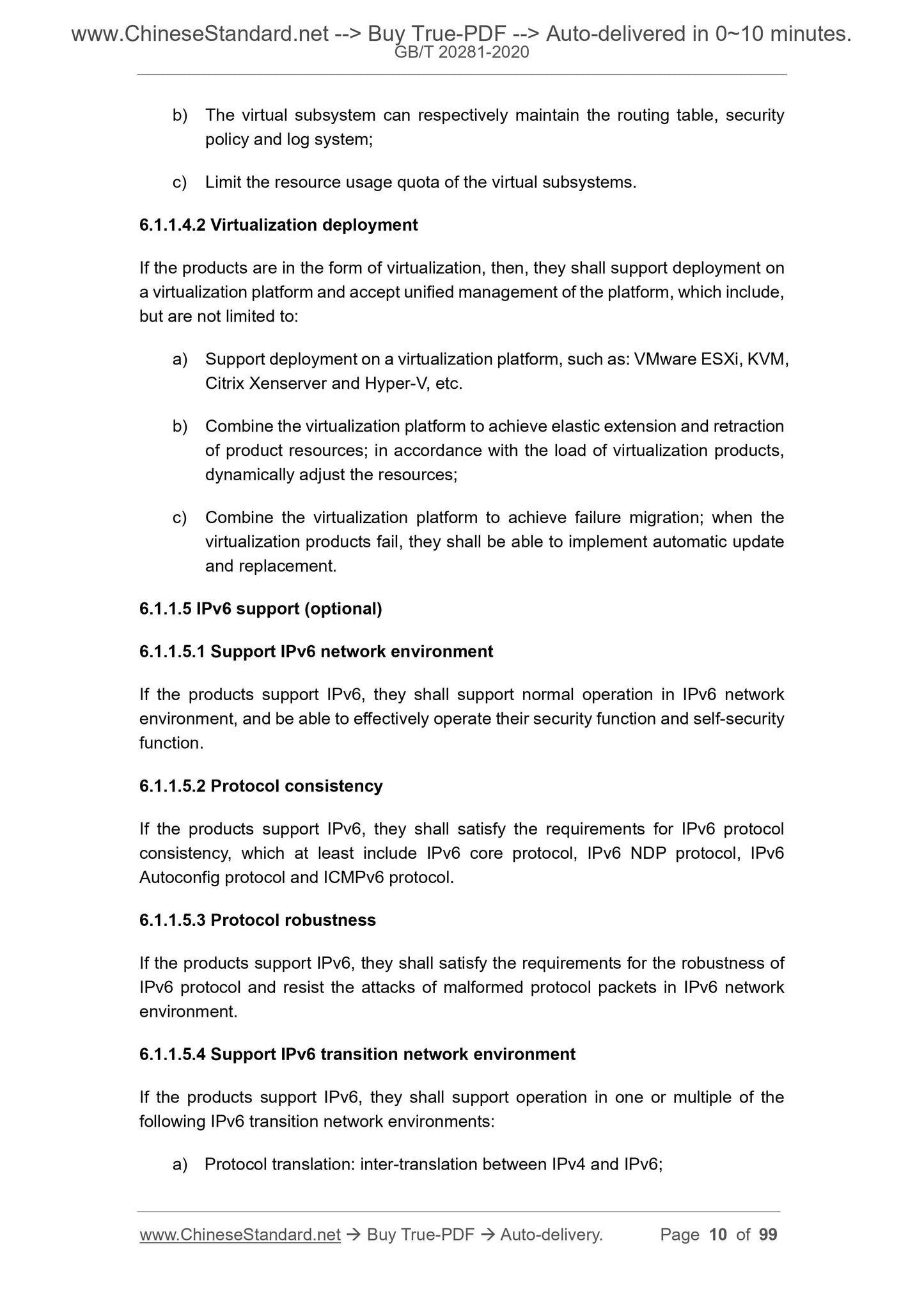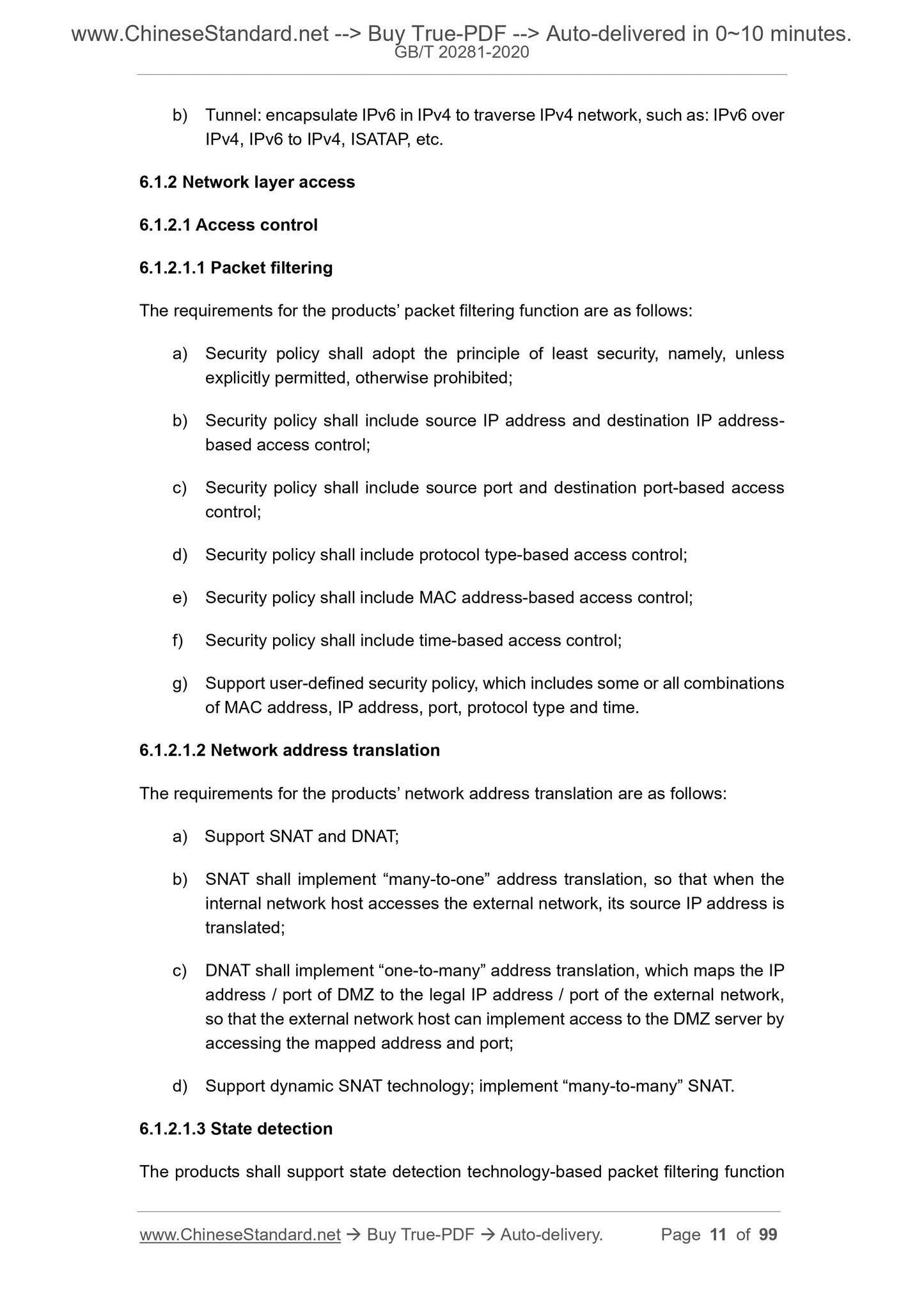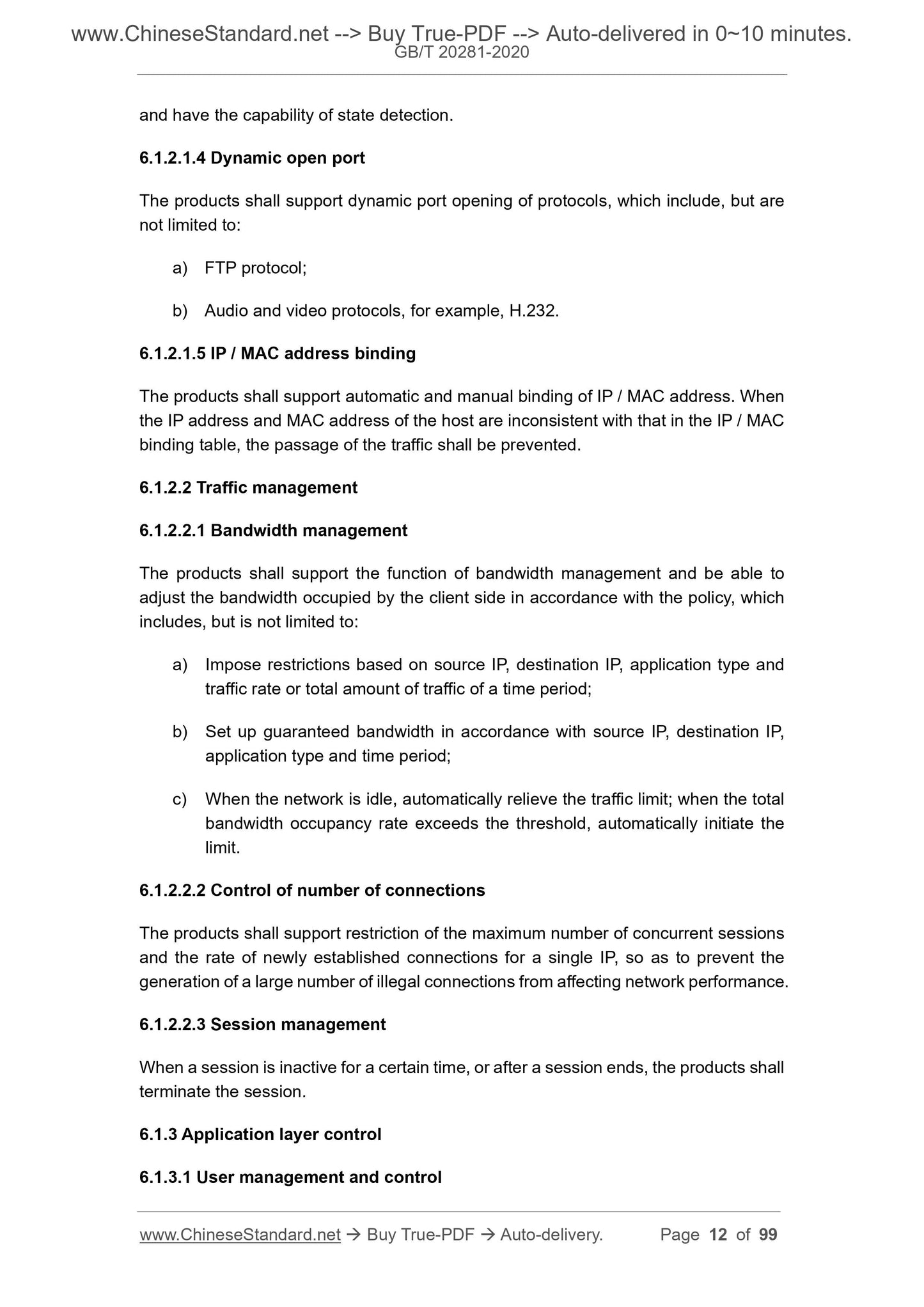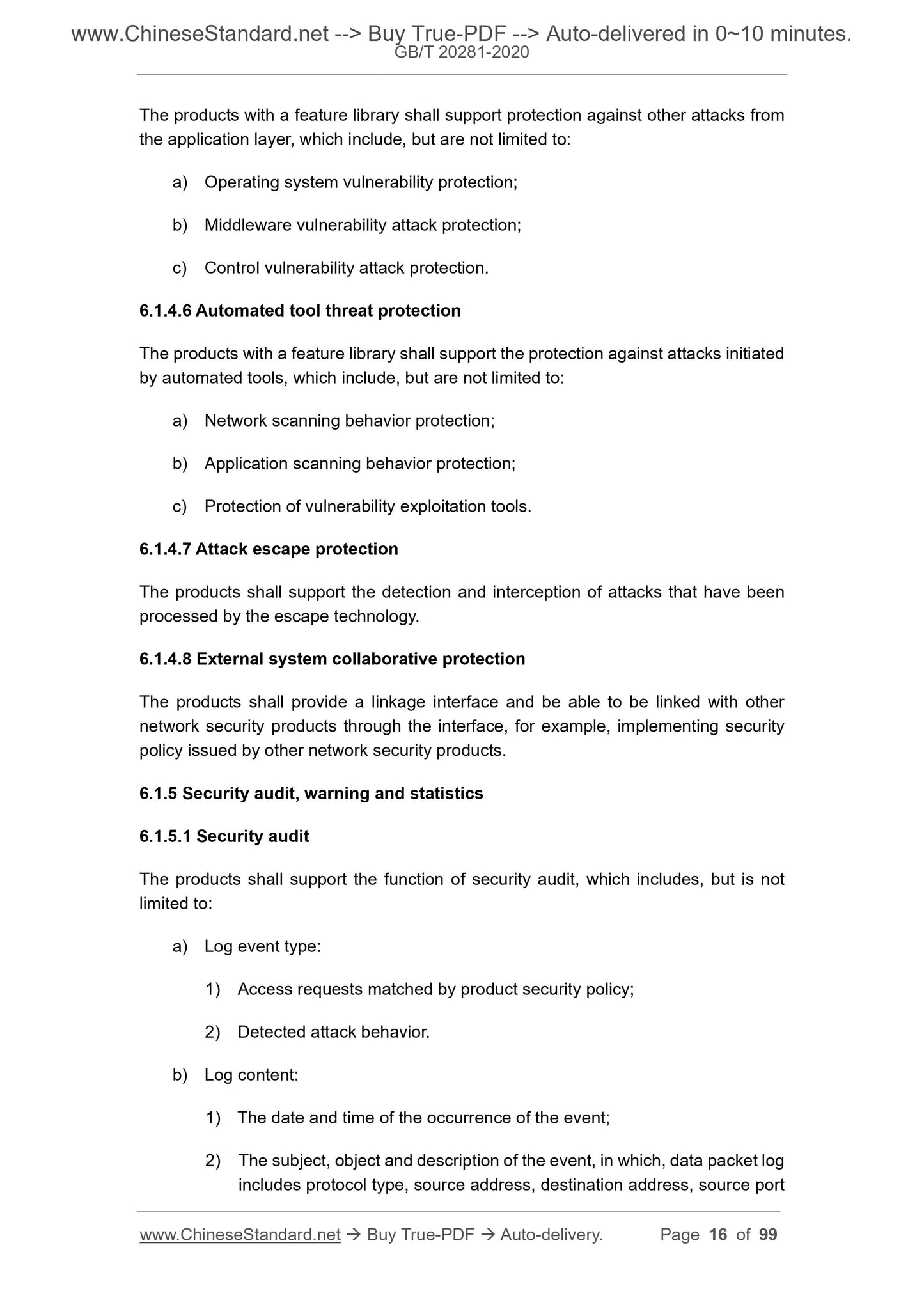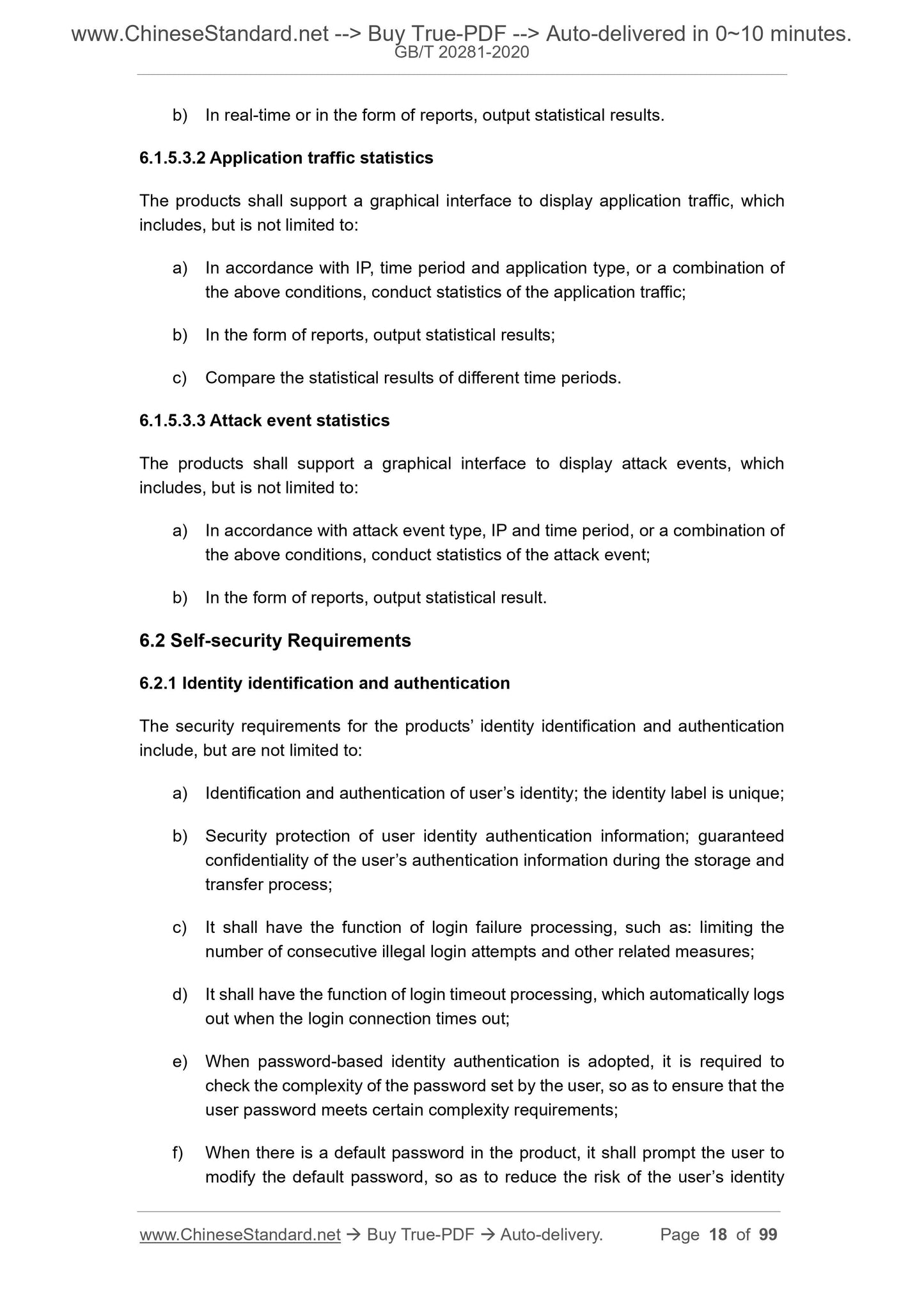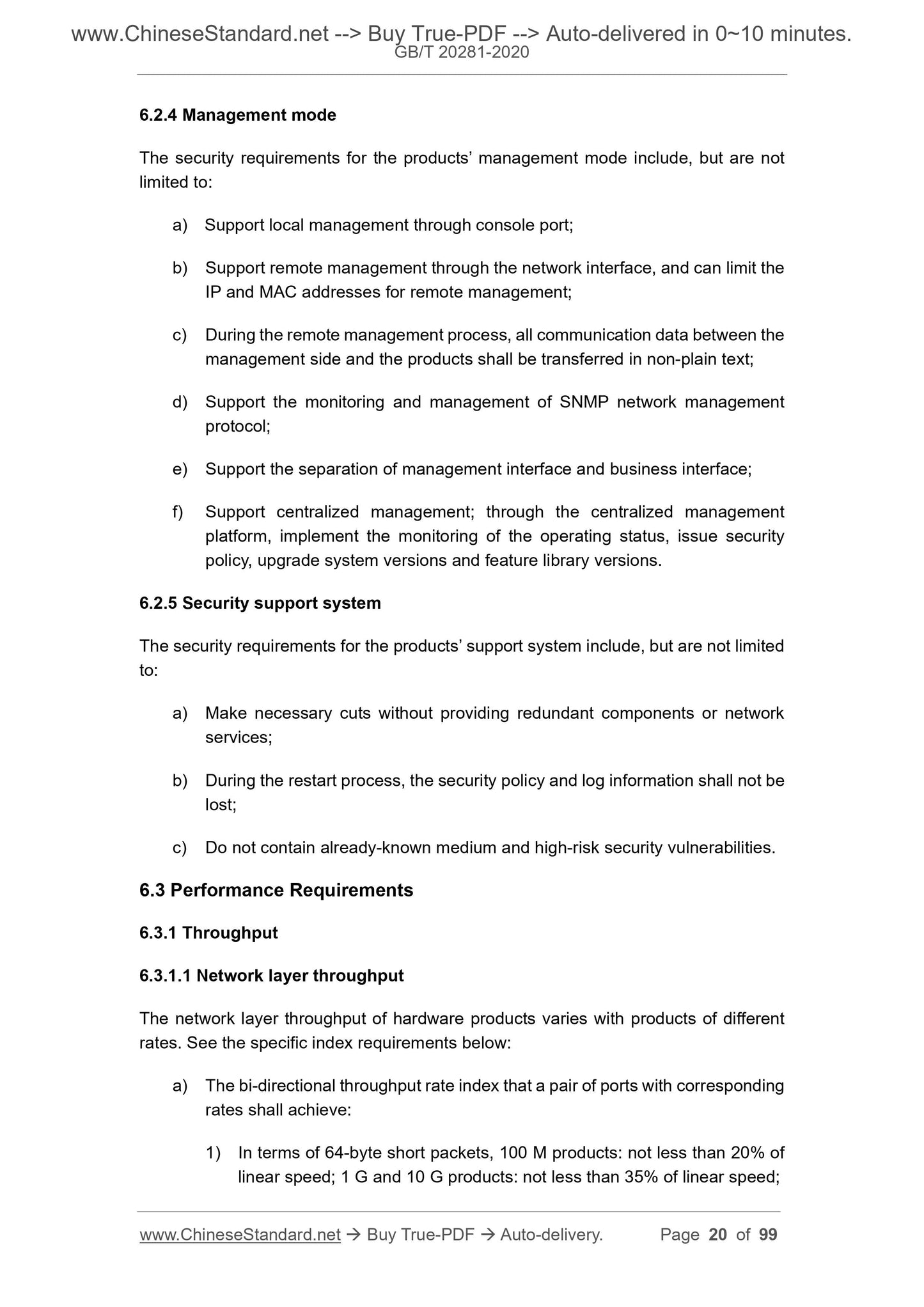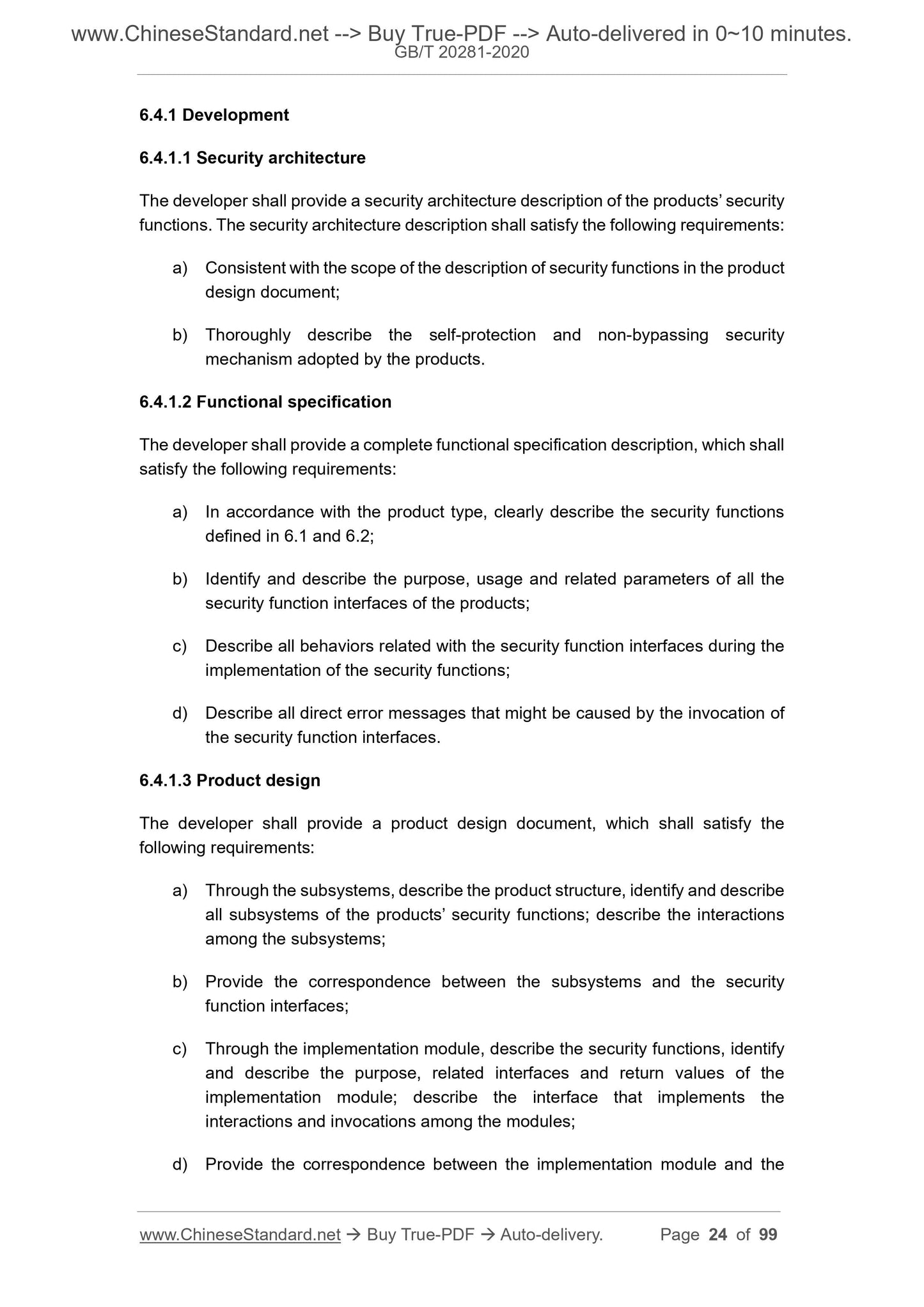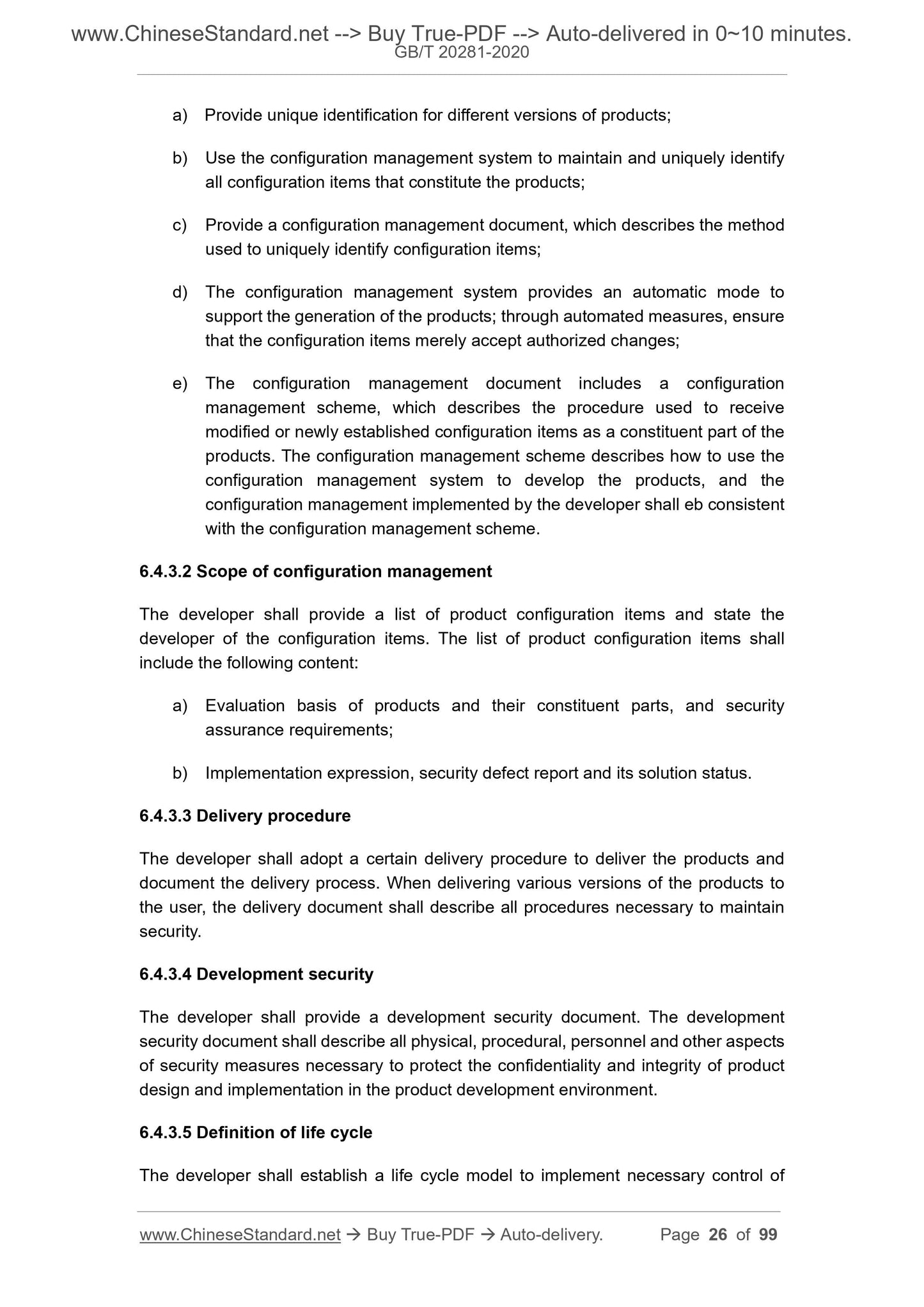1
/
of
12
www.ChineseStandard.us -- Field Test Asia Pte. Ltd.
GB/T 20281-2020 English PDF (GB/T20281-2020)
GB/T 20281-2020 English PDF (GB/T20281-2020)
Regular price
$575.00
Regular price
Sale price
$575.00
Unit price
/
per
Shipping calculated at checkout.
Couldn't load pickup availability
GB/T 20281-2020: Information Security Technology - Security Technical Requirements and Testing Assessment Approaches for Firewall
Delivery: 9 seconds. Download (and Email) true-PDF + Invoice.Get Quotation: Click GB/T 20281-2020 (Self-service in 1-minute)
Newer / historical versions: GB/T 20281-2020
Preview True-PDF
Scope
This Standard specifies the classification, security technical requirements, and testingassessment methods for firewall.
This Standard is applicable to the design, development and testing of firewall.
Basic Data
| Standard ID | GB/T 20281-2020 (GB/T20281-2020) |
| Description (Translated English) | Information Security Technology - Security Technical Requirements and Testing Assessment Approaches for Firewall |
| Sector / Industry | National Standard (Recommended) |
| Classification of Chinese Standard | L80 |
| Classification of International Standard | 35.040 |
| Word Count Estimation | 58,537 |
| Date of Issue | 2020-04-28 |
| Date of Implementation | 2020-11-01 |
| Older Standard (superseded by this standard) | GB/T 32917-2016; GB/T 31505-2015; GB/T 20281-2015; GB/T 20010-2005 |
| Quoted Standard | GB/T 18336.3-2015; GB/T 25069-2010 |
| Issuing agency(ies) | State Administration for Market Regulation, China National Standardization Administration |
| Summary | This standard specifies the classification of firewalls, security technical requirements and evaluation methods. This standard applies to the design, development and testing of firewalls. |
Share
